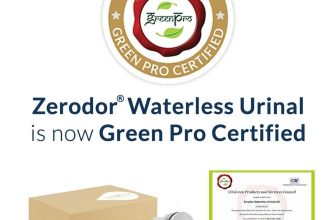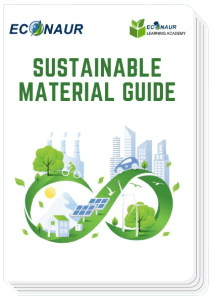How Industrial Oxygen is different than Medical oxygen?
With the unprecedented rise in the coronavirus cases, the demand of medical oxygen has shot up in India.
But what exactly is the medical oxygen?
The air we breathe is a mix of several gases, such as oxygen, nitrogen, carbon dioxide and hydrogen. The term ‘medical oxygen’ means high-purity oxygen, which is used for medical treatments and developed for use in the human body.
The medical oxygen cylinders actually contain highly pure oxygen gas.
To get medical oxygen, a person requires a prescription. To prevent contamination, no other types of gases are allowed in the cylinder.

oxygen Grades : Medical VS Industrial
Compressed Gas Association (CGA) has identified seven grades of oxygen, A to G, A being 99.0% oxygen, and G 99.55%. The grades are classified according to the purity of the oxygen.
They’re also graded according to how much of the other gasses are still present. In addition to the process used for filling cylinders.
Grade A is the minimum requirement to be labelled by the United States Pharmacopeia Reference Standard (USP). Usually, the grades are separated according to the industries they’re used for.

So how do these two grades differ?
Industrial grade is usually slightly less pure than the medical grade. The oxygen percentage made up to 99.2% for Medical purposes.
In a nut shell its really the filling process is different for both the grades of oxygen, and also, more importantly, the legal procedures and the tests and compliances for purity must be ascertained for medical grade and NOT for industrial grade oxygen.
The key differentiator:
For medical oxygen the gas company just have to analyse each batch and certify. No other difference. In fact for industrial application needs 99.5% pure oxygen where as for medical as per pharmocopea all over world is 93+-3%.
(my addition: only, no harmful contaminants like carbon monoxide, carbon dioxide, nitrogen oxides sulfer oxides should be there.) Therefore, in simple terms, Medical oxygen needs checks and certification, while industrial oxygen doesn’t, as a bottomline. Therefore, its important that this difference is also well understood. Moisture content being another ket differentiator between medical and industrial application oxygen. Moisture control in medical grade oxygen is of paramount importance, otherwise the moisture reacts with the metallic cylinder and creates impurities, which are detrimental.
Can you breathe Industrial grade oxygen?
No. You should not breathe Industrial grade oxygen. Medical oxygen is certified to contain a stable percentage of oxygen below a strict threshold of impurities and moisture. Tanks have to be cleaned to exacting standards to ensure that no contaminants may harm the user before refilling. Industrial oxygen does not carry this particular ‘human grade’ certification.
A common belief is that we are breathing 100% oxygen in our atmosphere. That’s not true. The air we breathe is about 21 percent oxygen and 78 percent nitrogen. The last 1% is a mix of other gases like carbon dioxide and hydrogen.

Another common misconception is that people need high purity oxygen that’s close to 100% oxygen for certain occupations or uses. For example, high purity grade oxygen would not be used for firefighting, deep-sea diving, or other uses. Most of these situations use regular air or ABO gas that is often filtered and chilled for user comfort.
Tags: can we use industrial oxygen for medical useHealthHow oxygen is createdIndustrial Oxygenindustrial oxygen compositionindustrial oxygen usesIndustrial Oxygen vs. Medical Oxygenoxygen percentage in industrial oxygen cylinderoxygen percentage in medical oxygen cylinderoxygen purity for medical useThe Difference Between Medical Oxygen & Industrial Oxygenwhat is industrial oxygenWhat is Medical Oxygen?What is the difference between industrial oxygen and medical oxygen








